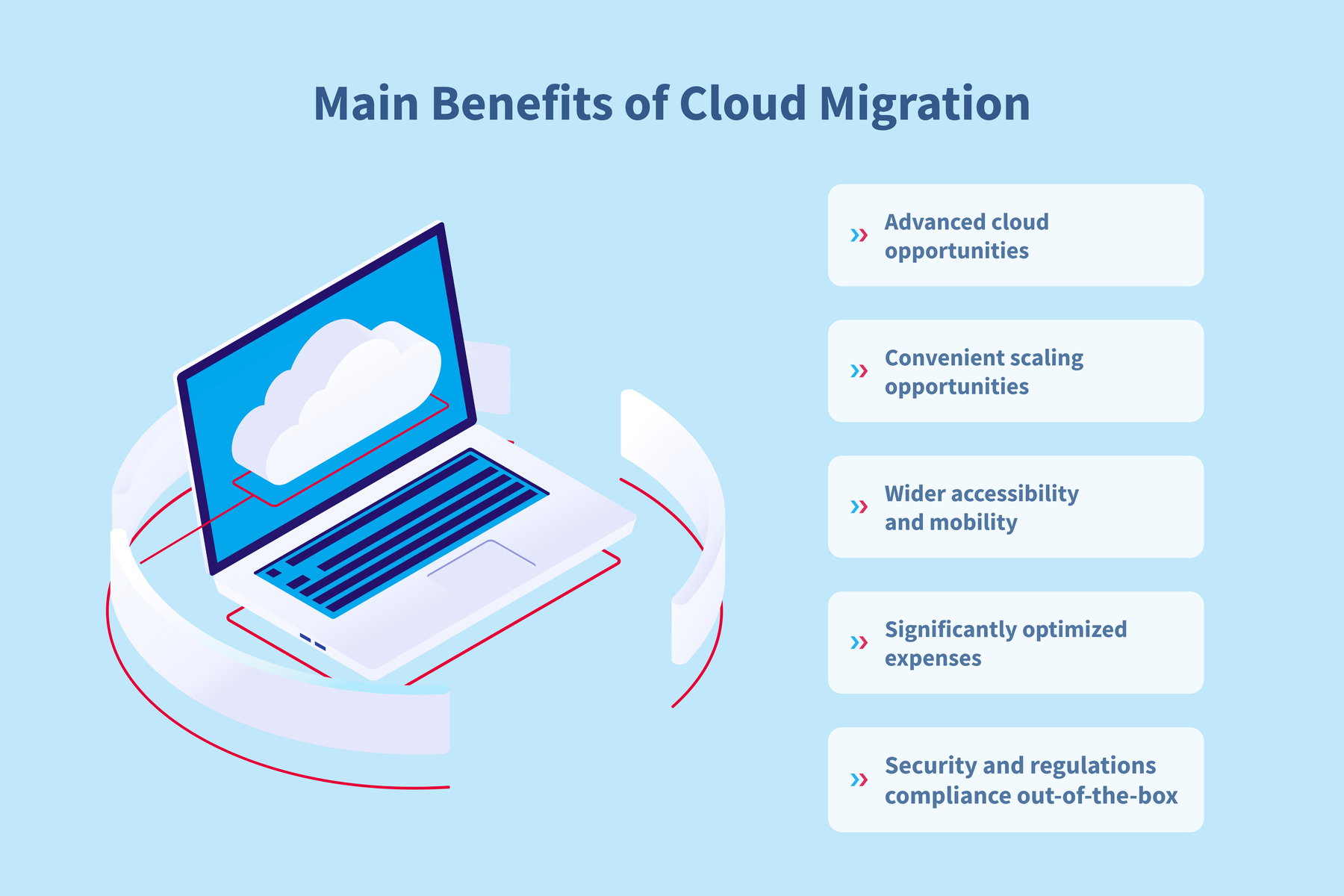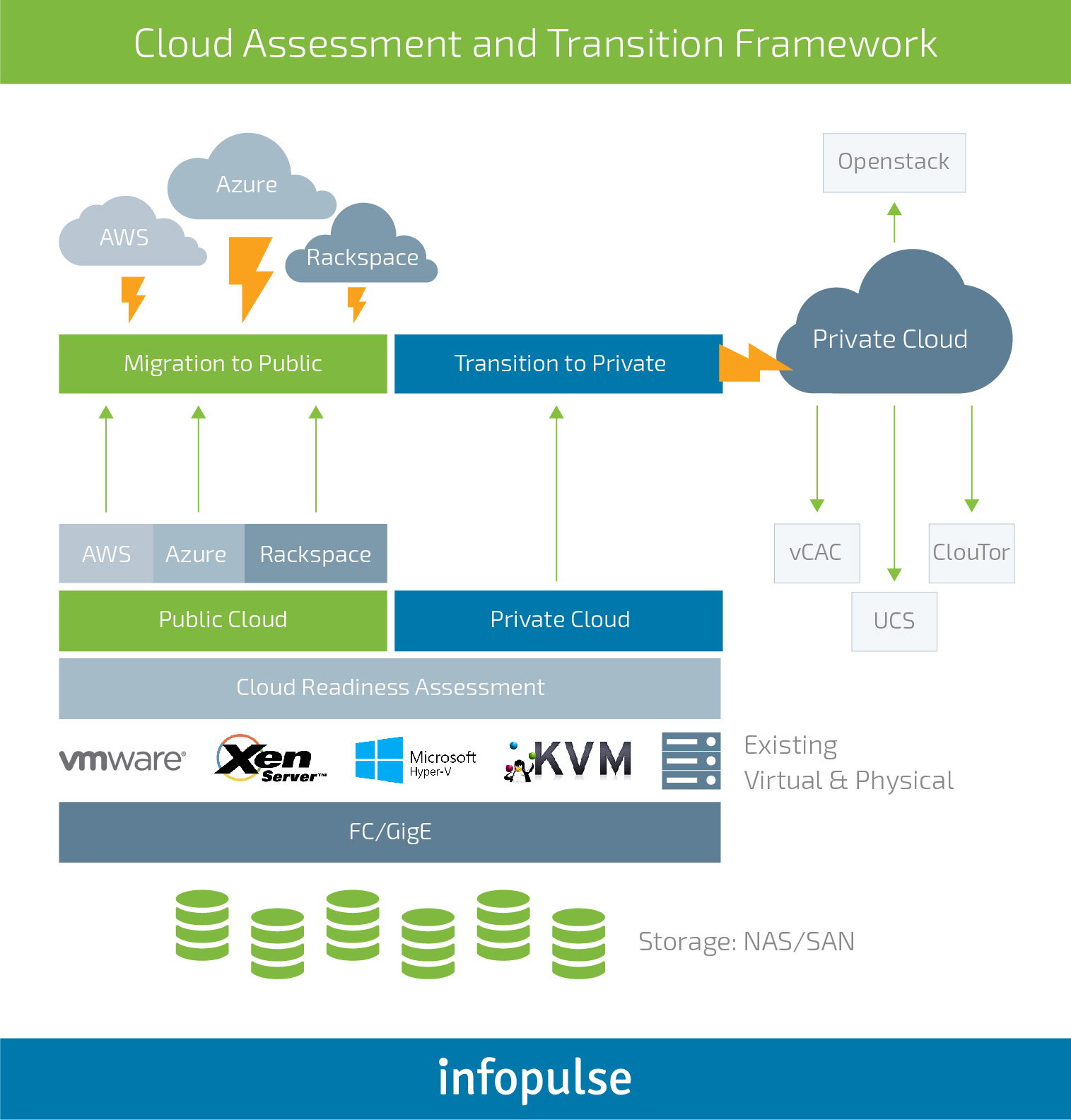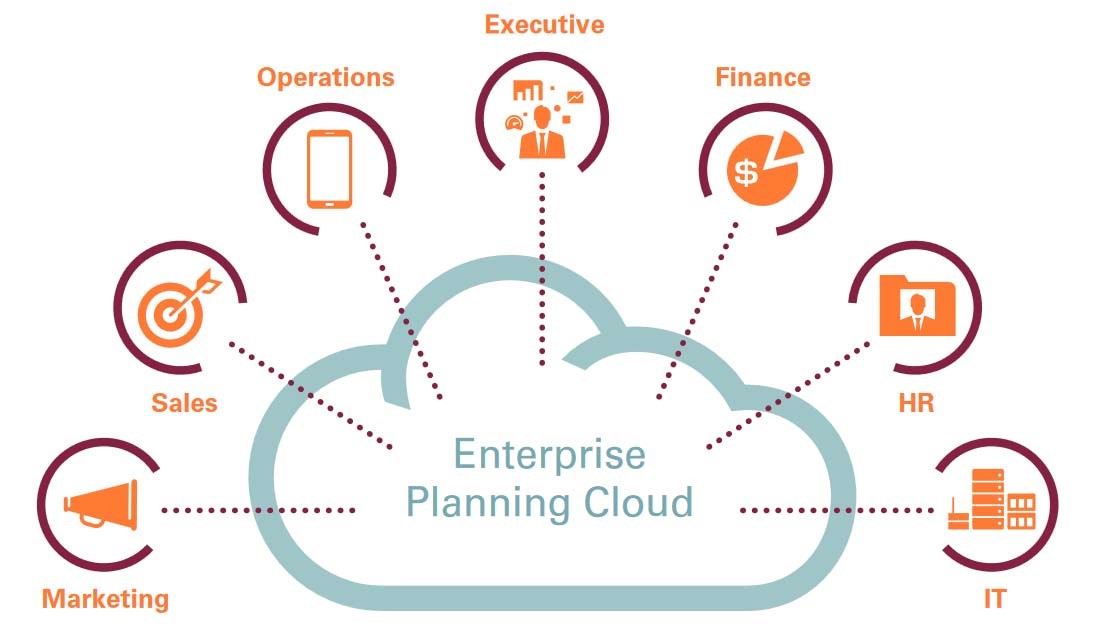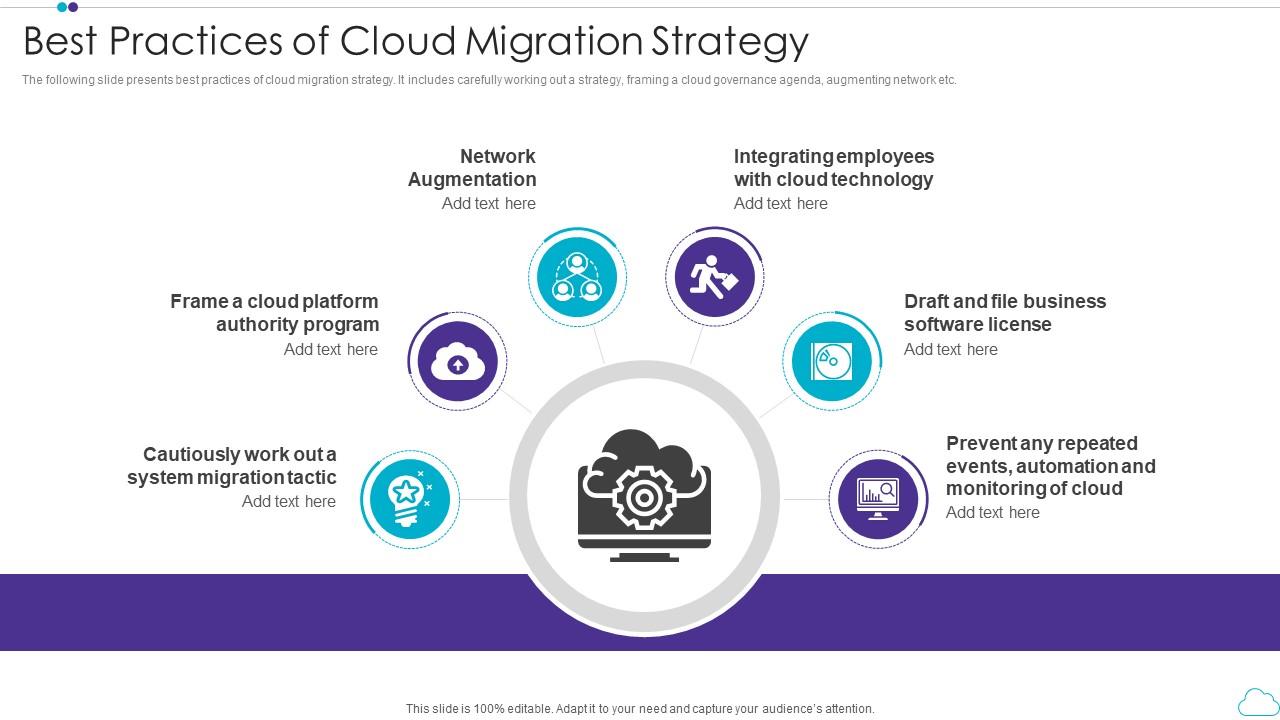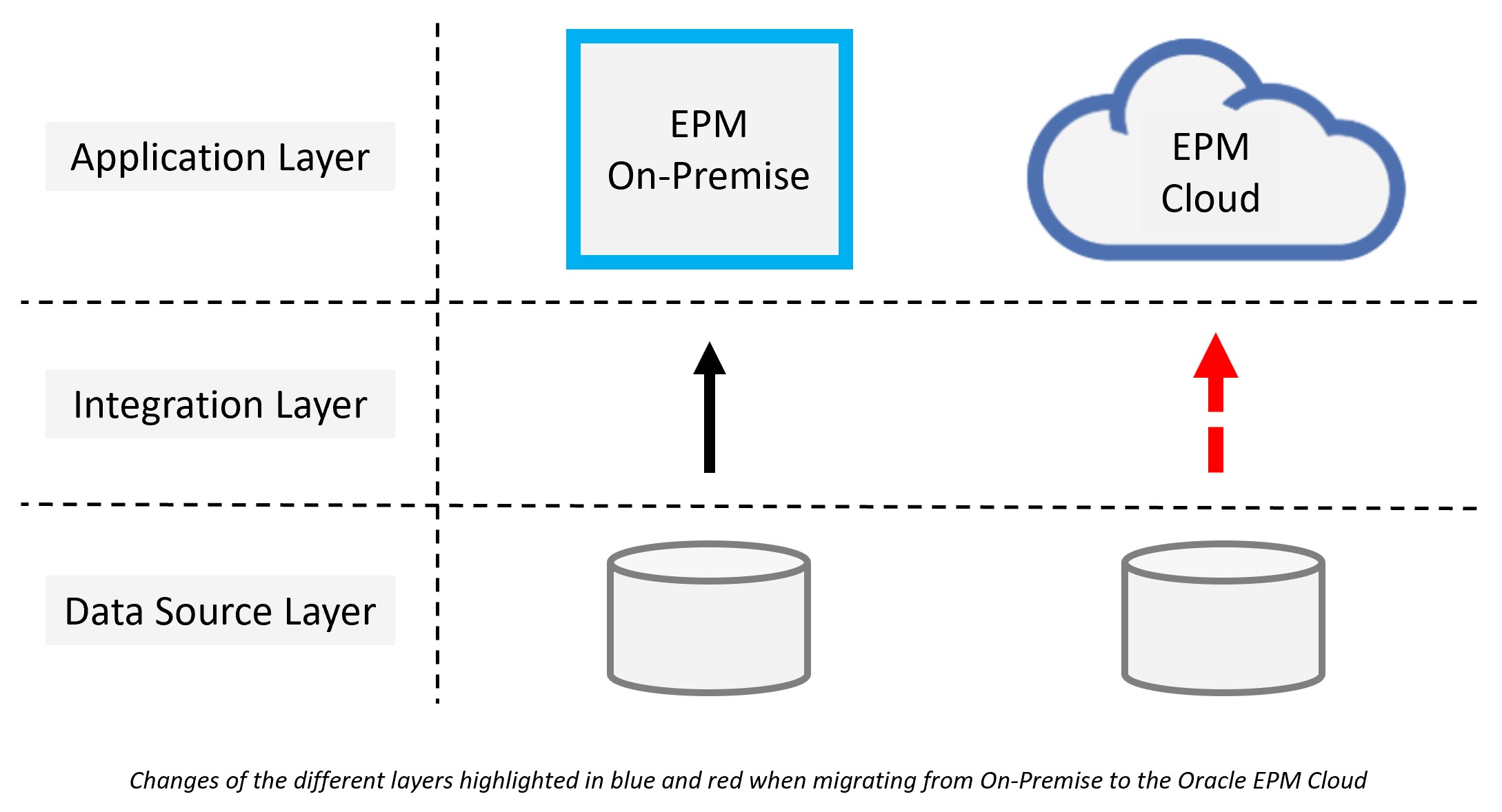Understanding Oracle Cloud Migration: Key Concepts and Benefits
Oracle cloud migration refers to the process of moving data, applications, and other IT components from on-premises infrastructure to Oracle’s cloud platform. This process offers numerous benefits for businesses, including cost savings, improved security, and increased scalability. By migrating to the cloud, organizations can reduce their capital expenditures on hardware and maintenance, while also gaining access to the latest technology and security features.
One of the primary benefits of Oracle cloud migration is the ability to scale resources up or down as needed. This flexibility allows businesses to quickly adapt to changing demands, without the need for significant upfront investment. Additionally, Oracle cloud offers robust security features, such as data encryption, access controls, and intrusion detection, to help protect sensitive information and ensure compliance with regulatory requirements.
Another key advantage of Oracle cloud migration is the ability to leverage advanced analytics and machine learning capabilities. By moving data to the cloud, organizations can gain access to powerful tools for data analysis and visualization, enabling them to make more informed business decisions. Furthermore, Oracle cloud provides a range of services for application development, integration, and management, allowing businesses to streamline their workflows and improve operational efficiency.
However, migrating to the cloud can also present challenges, such as data privacy concerns, compatibility issues, and the need for new skills and expertise. To ensure a successful migration, it is essential to carefully assess your current IT infrastructure and develop a comprehensive plan that addresses these challenges and aligns with your business objectives.
Assessing Your Current IT Infrastructure: A Necessary First Step
Before embarking on an Oracle cloud migration, it is essential to assess your current IT infrastructure. This process involves evaluating your existing systems, applications, and data to ensure a smooth migration process. By taking the time to assess your current infrastructure, you can identify potential issues and develop a plan to address them before they become major obstacles.
One of the first steps in assessing your IT infrastructure is to take inventory of your current systems and applications. This includes identifying which systems are critical to your business operations, as well as any dependencies or interdependencies between them. It is also important to consider the compatibility of your existing systems with the Oracle cloud platform, as well as any potential data migration challenges.
Another key aspect of assessing your IT infrastructure is evaluating your data management practices. This includes identifying the types and volumes of data you need to migrate, as well as any data quality or consistency issues that may need to be addressed. By ensuring that your data is clean, accurate, and consistent, you can help ensure a successful migration and minimize the risk of data loss or corruption.
When assessing your IT infrastructure, it is also important to consider the skills and expertise of your IT staff. Migrating to the cloud requires a different set of skills than managing on-premises infrastructure, so it is essential to ensure that your team has the necessary training and experience to manage your new cloud environment. This may involve investing in training and development programs, as well as hiring new staff with cloud expertise.
In addition to these technical considerations, it is also important to assess the business impact of your Oracle cloud migration. This includes evaluating the potential benefits and risks of migrating to the cloud, as well as developing a plan to manage any disruptions or downtime during the migration process. By taking a holistic approach to assessing your IT infrastructure, you can help ensure a successful Oracle cloud migration and maximize the benefits of your new cloud environment.
Selecting the Right Oracle Cloud Services: A Crucial Decision
When it comes to Oracle cloud migration, choosing the right cloud services is a crucial decision. With a range of options available, it is essential to consider factors such as cost, functionality, and compatibility with your existing systems. By selecting the right services, you can help ensure a successful migration and maximize the benefits of your new cloud environment.
One of the first considerations when selecting Oracle cloud services is cost. While cloud services can offer significant cost savings compared to on-premises infrastructure, it is important to carefully evaluate the pricing models of different cloud providers. This includes considering factors such as usage-based pricing, reserved instances, and volume discounts. By carefully evaluating these factors, you can help ensure that you are getting the best value for your investment in Oracle cloud.
Another key consideration when selecting Oracle cloud services is functionality. Different cloud services offer different features and capabilities, so it is essential to choose services that align with your business needs. This may include considering factors such as the availability of specific applications or tools, the level of customization available, and the scalability of the service. By choosing services that meet your functional requirements, you can help ensure a successful migration and maximize the benefits of your new cloud environment.
Compatibility with existing systems is also an important consideration when selecting Oracle cloud services. This includes evaluating factors such as the compatibility of your existing data and applications with the cloud platform, as well as the availability of integration tools and APIs. By ensuring compatibility with your existing systems, you can help minimize the risk of disruptions or downtime during the migration process.
When selecting Oracle cloud services, it is also important to consider the level of support and expertise available from the cloud provider. This includes evaluating factors such as the availability of documentation, training resources, and support personnel. By choosing a provider with a strong reputation for support and expertise, you can help ensure a successful migration and minimize the risk of issues or disruptions during the migration process.
In summary, selecting the right Oracle cloud services is a crucial decision when it comes to Oracle cloud migration. By carefully evaluating factors such as cost, functionality, compatibility, and support, you can help ensure a successful migration and maximize the benefits of your new cloud environment.
Planning Your Oracle Cloud Migration: Best Practices and Strategies
Planning is a critical component of a successful Oracle cloud migration. By carefully planning your migration, you can help minimize downtime, ensure data integrity, and test your new system effectively. Here are some best practices and strategies to keep in mind when planning your Oracle cloud migration.
One of the first steps in planning your Oracle cloud migration is to assess your current IT infrastructure. This includes evaluating your existing systems, applications, and data to ensure a smooth migration process. By taking the time to assess your current infrastructure, you can identify potential issues and develop a plan to address them before they become major obstacles.
Another key aspect of planning your Oracle cloud migration is to establish clear migration objectives. This includes identifying the specific benefits you hope to achieve through migration, such as cost savings, improved security, or increased scalability. By establishing clear objectives, you can help ensure that your migration stays on track and delivers the desired results.
When planning your Oracle cloud migration, it is also important to consider the timing of the migration. This includes evaluating factors such as the availability of resources, the potential impact on business operations, and the availability of support from the cloud provider. By carefully planning the timing of your migration, you can help minimize disruptions and ensure a smooth transition to the cloud.
Minimizing downtime is another critical consideration when planning your Oracle cloud migration. This includes developing a plan to transfer data and applications to the cloud with minimal disruption to business operations. By carefully planning your data transfer and application configuration, you can help ensure that your migration is completed quickly and efficiently, with minimal downtime.
Ensuring data integrity is also essential when planning your Oracle cloud migration. This includes developing a plan to validate the accuracy and completeness of your data during and after the migration process. By carefully planning your data validation, you can help ensure that your data is accurate, complete, and consistent across your new cloud environment.
Testing is another critical component of planning your Oracle cloud migration. This includes developing a plan to test your new cloud environment thoroughly, including all data, applications, and system configurations. By carefully planning your testing, you can help identify and address any issues or discrepancies before they become major problems.
In summary, planning is a critical component of a successful Oracle cloud migration. By carefully assessing your current IT infrastructure, establishing clear migration objectives, considering the timing of the migration, minimizing downtime, ensuring data integrity, and testing thoroughly, you can help ensure a smooth and successful migration to the cloud.
Implementing Your Oracle Cloud Migration: Tips and Techniques
Implementing your Oracle cloud migration can be a complex and challenging process, but with the right tips and techniques, you can ensure a smooth and successful transition. Here are some key considerations to keep in mind when implementing your Oracle cloud migration.
One of the first steps in implementing your Oracle cloud migration is to transfer your data to the cloud. This includes identifying the data that needs to be migrated, preparing the data for migration, and executing the data transfer. By carefully planning your data transfer, you can help ensure that your data is accurate, complete, and consistent across your new cloud environment.
Configuring your applications for the cloud is another critical consideration when implementing your Oracle cloud migration. This includes identifying the applications that need to be migrated, preparing the applications for migration, and executing the application configuration. By carefully planning your application configuration, you can help ensure that your applications are properly configured for the cloud and that they function as expected.
Testing is also essential when implementing your Oracle cloud migration. This includes testing your new cloud environment thoroughly, including all data, applications, and system configurations. By carefully planning your testing, you can help identify and address any issues or discrepancies before they become major problems.
When implementing your Oracle cloud migration, it is also important to consider the security of your new cloud environment. This includes implementing security measures such as firewalls, access controls, and encryption to protect your data and applications. By carefully planning your security measures, you can help ensure that your new cloud environment is secure and compliant with relevant regulations and standards.
User training is another critical consideration when implementing your Oracle cloud migration. This includes training your users on how to use the new cloud environment, including any new applications or tools. By providing adequate training, you can help ensure that your users are able to use the new environment effectively and efficiently.
Finally, it is important to establish a plan for ongoing maintenance and support once your Oracle cloud migration is complete. This includes monitoring system performance, ensuring data security, and troubleshooting issues as they arise. By establishing a plan for ongoing maintenance and support, you can help ensure that your new cloud environment remains secure, stable, and effective over time.
In summary, implementing your Oracle cloud migration requires careful planning and attention to detail. By considering factors such as data transfer, application configuration, testing, security, user training, and ongoing maintenance and support, you can help ensure a smooth and successful transition to the cloud.
Managing Your Oracle Cloud Environment: Tools and Techniques
Managing and maintaining your Oracle cloud environment is a critical component of a successful Oracle cloud migration. By properly managing and maintaining your new cloud environment, you can help ensure that it remains secure, stable, and effective over time. Here are some key considerations and best practices for managing your Oracle cloud environment.
Monitoring system performance is essential when managing your Oracle cloud environment. This includes monitoring key metrics such as CPU usage, memory usage, and network traffic to ensure that your system is running smoothly and efficiently. By monitoring system performance, you can identify and address any issues or bottlenecks before they become major problems.
Ensuring data security is another critical consideration when managing your Oracle cloud environment. This includes implementing security measures such as firewalls, access controls, and encryption to protect your data and applications. By properly securing your cloud environment, you can help prevent data breaches, unauthorized access, and other security threats.
Troubleshooting issues is also an important part of managing your Oracle cloud environment. This includes identifying and resolving any issues or errors that may arise, such as application errors, system crashes, or network outages. By properly troubleshooting issues, you can help ensure that your cloud environment remains stable and reliable over time.
In addition to these best practices, there are also a number of tools and techniques that can help you manage and maintain your Oracle cloud environment. These include cloud management platforms, automation tools, and monitoring tools that can help you automate routine tasks, monitor system performance, and troubleshoot issues more effectively.
When it comes to managing your Oracle cloud environment, it is also important to establish clear policies and procedures for managing and maintaining the environment. This includes establishing guidelines for system performance, data security, and troubleshooting, as well as procedures for handling emergencies or unexpected issues.
Finally, it is important to establish a plan for ongoing maintenance and support for your Oracle cloud environment. This includes scheduling regular system updates and maintenance, as well as providing ongoing training and support for your users. By properly maintaining and supporting your Oracle cloud environment, you can help ensure that it remains secure, stable, and effective over time.
In summary, managing and maintaining your Oracle cloud environment is a critical component of a successful Oracle cloud migration. By properly monitoring system performance, ensuring data security, troubleshooting issues, using the right tools and techniques, establishing clear policies and procedures, and providing ongoing maintenance and support, you can help ensure that your new cloud environment remains secure, stable, and effective over time.
Optimizing Your Oracle Cloud Investment: Strategies and Techniques
Migrating to Oracle cloud can provide numerous benefits for businesses, including cost savings, improved security, and increased scalability. However, to truly maximize the value of your Oracle cloud investment, it is important to optimize your cloud environment for your specific business needs. Here are some strategies and techniques for optimizing your Oracle cloud investment.
One of the first steps in optimizing your Oracle cloud investment is to streamline your workflows and automate routine tasks. This can help reduce manual effort, minimize errors, and improve efficiency. By automating routine tasks, you can free up your IT staff to focus on more strategic initiatives, such as application development, data analysis, and innovation.
Integrating your Oracle cloud environment with other systems and applications is also essential for optimizing your investment. This includes integrating with other cloud platforms, as well as on-premises systems and applications. By properly integrating your systems, you can help ensure seamless data flow, improve collaboration, and enhance productivity.
Maximizing your ROI is another key consideration when optimizing your Oracle cloud investment. This includes identifying opportunities to reduce costs, such as by optimizing resource utilization, consolidating workloads, and leveraging economies of scale. By properly managing your cloud resources, you can help ensure that you are getting the most value from your investment.
Measuring and monitoring the performance of your Oracle cloud environment is also essential for optimizing your investment. This includes monitoring key metrics such as CPU usage, memory usage, and network traffic to ensure that your system is running smoothly and efficiently. By properly monitoring your system, you can identify and address any issues or bottlenecks before they become major problems.
Security is another critical consideration when optimizing your Oracle cloud investment. This includes implementing security measures such as firewalls, access controls, and encryption to protect your data and applications. By properly securing your cloud environment, you can help prevent data breaches, unauthorized access, and other security threats.
Finally, it is important to establish a plan for ongoing maintenance and support for your Oracle cloud environment. This includes scheduling regular system updates and maintenance, as well as providing ongoing training and support for your users. By properly maintaining and supporting your Oracle cloud environment, you can help ensure that it remains secure, stable, and effective over time.
In summary, optimizing your investment in Oracle cloud requires a strategic approach that includes streamlining workflows, integrating with other systems, maximizing ROI, measuring and monitoring performance, ensuring security, and providing ongoing maintenance and support. By properly optimizing your Oracle cloud environment, you can help ensure that it remains a valuable asset for your business over time.
Overcoming Common Oracle Cloud Migration Challenges: Tips and Insights
Migrating to Oracle cloud can provide numerous benefits for businesses, including cost savings, improved security, and increased scalability. However, the migration process can also present a number of challenges and obstacles that can impact the success of the project. Here are some common challenges and obstacles that may arise during an Oracle cloud migration, along with tips and insights for overcoming them.
One of the most common challenges during an Oracle cloud migration is data migration. This includes transferring large volumes of data from on-premises systems to the cloud, as well as ensuring data integrity and consistency during the migration process. To overcome this challenge, it is important to carefully plan and execute the data migration process, using tools and techniques such as data migration software, data validation, and data backup and recovery.
Application configuration is another common challenge during an Oracle cloud migration. This includes configuring applications to run in the cloud environment, as well as ensuring compatibility with other systems and applications. To overcome this challenge, it is important to carefully plan and test the application configuration process, using tools and techniques such as application testing, application compatibility testing, and application integration testing.
Security is another critical consideration during an Oracle cloud migration. This includes ensuring the security of data and applications during the migration process, as well as implementing security measures in the new cloud environment. To overcome this challenge, it is important to follow best practices for cloud security, such as implementing firewalls, access controls, and encryption, as well as conducting regular security audits and testing.
Downtime is another common challenge during an Oracle cloud migration. This includes minimizing downtime during the migration process, as well as ensuring that the new cloud environment is available and reliable once the migration is complete. To overcome this challenge, it is important to carefully plan and execute the migration process, using tools and techniques such as downtime minimization, load balancing, and redundancy.
Finally, it is important to establish a plan for ongoing maintenance and support for the new Oracle cloud environment. This includes scheduling regular system updates and maintenance, as well as providing ongoing training and support for users. By properly maintaining and supporting the new cloud environment, businesses can help ensure that it remains secure, stable, and effective over time.
In summary, migrating to Oracle cloud can provide numerous benefits for businesses, but the migration process can also present a number of challenges and obstacles. By carefully planning and executing the migration process, using the right tools and techniques, and following best practices for cloud security, downtime minimization, and ongoing maintenance and support, businesses can help ensure a successful Oracle cloud migration and maximize the value of their cloud investment.

